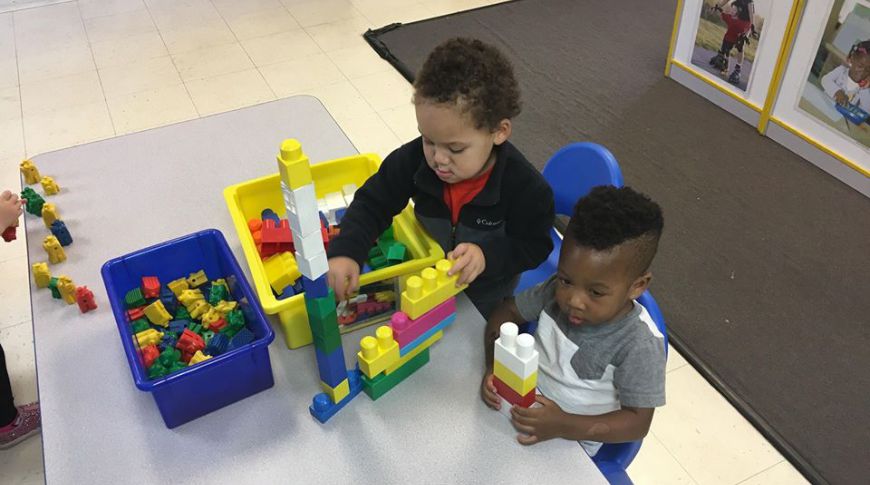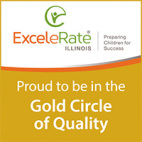Classroom Learning Environments
Classrooms are well organized and equipped with developmentally appropriate materials. Materials in the learning centers are rotated frequently and are changed to reflect the center’s themes each week. Areas are provided for relaxation and comfort as well as areas for quiet and active learning. Classrooms have daily schedules, except infants who are on their own schedule, and develop routines that allow the children to actively participate in their day. Transitions are planned for, reducing the need for children to wait. Songs, finger plays and games are utilized to create a fun atmosphere while children move from activity to activity. Classrooms promote diversity throughout their learning centers and teachers counteract culturally insensitive behavior by establishing a classroom community with rules of fairness and acceptance.
Learning Centers include:
- Blocks—children create, design and build, learn math concepts and problem solve
- Dramatic play—children learn social skills, sharing, imitate gender roles and explore pretend play
- Art—children learn to explore different materials and foster their creativity and self-expression
- Library—children read books either alone or together, exercising literacy skills even before they can read
- Discovery/Science—children experience nature and science in the classroom with a variety of materials and by conducting simple experiments
- Fine Motor—children sort, classify, create patterns and manipulate materials while developing hand-eye coordination and problem solving skills
- Gross Motor—children play outside to improve their physical skills, to expend energy and to help promote a healthy lifestyle



